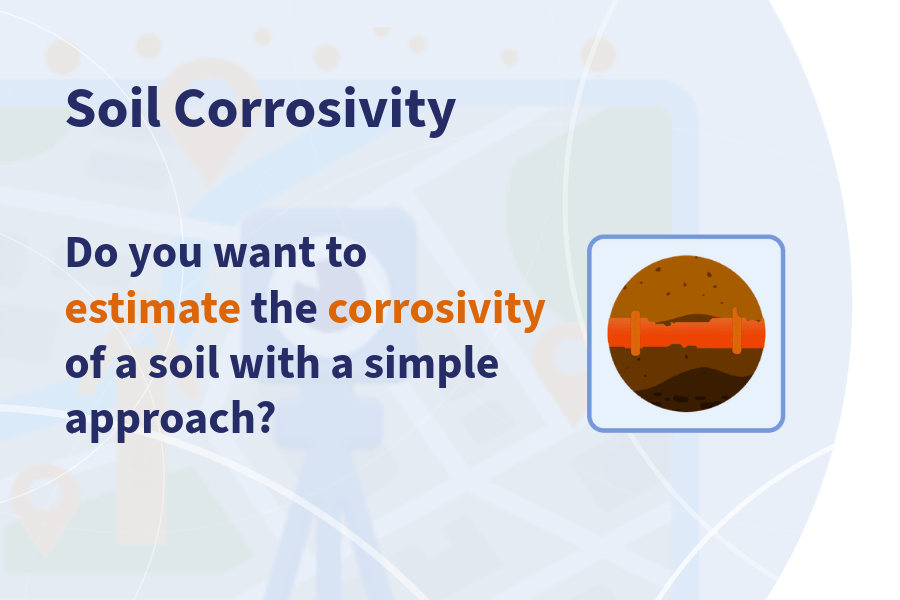
Soil’s corrosivity depends on different parameters, such as water level, resistivity, corrosive ion content, microorganisms, pH, and oxygen penetrability. Electrolytes are necessary for soil corrosion, and the electrolyte (water) level directly affects soil resistivity. Consequently, soil resistivity is the leading player in soil corrosivity analysis. In the presence of an electrolyte, chloride is the most corrosive ion in the natural soil. So chloride concentration is an essential parameter in soil corrosivity analysis. In acidic soil (by definition pH < 7, here pH < 5), the corrosion rate of carbon steel is relatively high. In the presence of certain soil microorganisms, such as sulphate-reducing bacteria (SRB), the corrosion rate is much higher than expected. Therefore, we need a higher degree of protection, especially for cathodic protection measures.
Soil Corrosivity Analysis Approaches
In accordance with the above, two main approaches are possible: simply categorizing the corrosiveness of the soil based on each separate parameter, or quantifying the soil corrosivity by implementing different variables. The first approach is most often addressed in reference books. Simple and easy to use, it can give a general idea of soil corrosiveness. For example, if the soil resistivity is less than 5 Ω m, the soil is very corrosive. However, corrosivity is negligible for resistivity higher than 100 Ω m. This analysis only takes resistivity into account and is helpful for general ideas, but too simplified to use in the industry. Moreover, in the reference books, there are different thresholds for analyzing soil corrosivity based on a single parameter. For example, some texts do not consider 100 Ω m soil corrosive, but others cite it as a little corrosive.
With the second approach, assessment is more complicated and requires calculation, but provides more accurate results. pH-resistivity analysis is available in the first revision of CCPTools. The two-parameter analysis is more accurate, but still needs more elaboration.